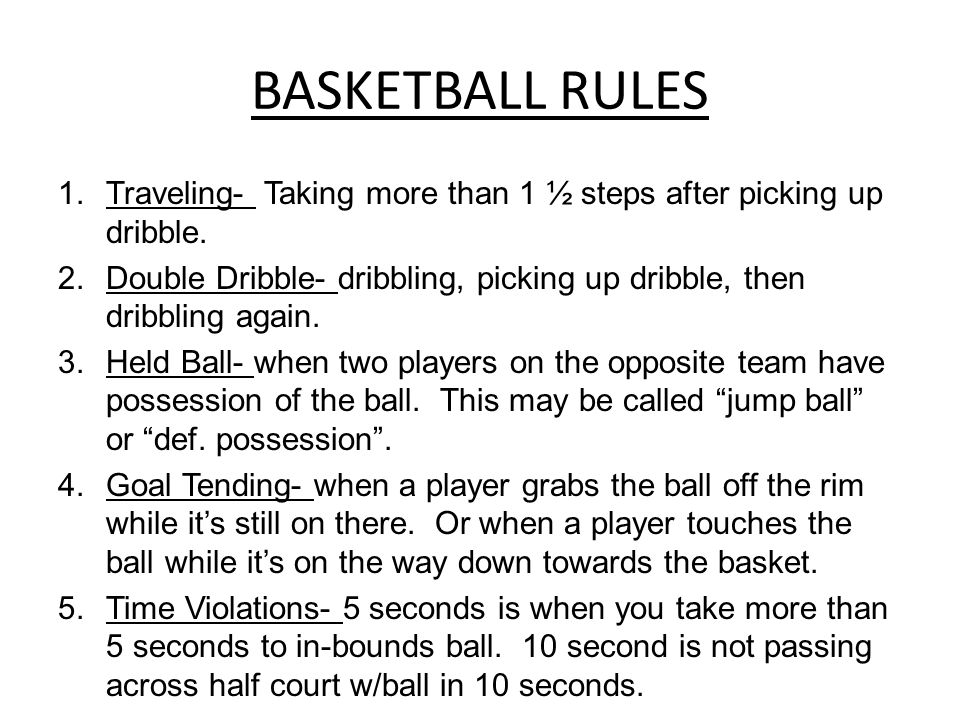Home »
Misc »
How long did basketball game last under the original rules
How long did basketball game last under the original rules
Original 13 Rules of Basketball
Dr. James Naismith's Original 13 Rules of Basketball
Check out the basketball rules that originally were published on Jan. 15, 1892, in the Springfield College school newspaper, The Triangle.
Dr. James Naismith's Original 13 Rules of Basketball
1. The ball may be thrown in any direction with one or both hands.
2. The ball may be batted in any direction with one or both hands (never with the fist).
3. A player cannot run with the ball. The player must throw it from the spot on which he catches it, allowance to be made for a man who catches the ball when running at a good speed if he tries to stop.
4. The ball must be held in or between the hands; the arms or body must not be used for holding it.
5. No shouldering, holding, pushing, tripping, or striking in any way the person of an opponent shall be allowed; the first infringement of this rule by any player shall count as a foul, the second shall disqualify him until the next goal is made, or, if there was evident intent to injure the person, for the whole of the game, no substitute allowed.![]()
6. A foul is striking at the ball with the fist, violation of Rules 3,4, and such as described in Rule 5.
7. If either side makes three consecutive fouls, it shall count a goal for the opponents (consecutive means without the opponents in the mean time making a foul).
8. A goal shall be made when the ball is thrown or batted from the grounds into the basket and stays there, providing those defending the goal do not touch or disturb the goal. If the ball rests on the edges, and the opponent moves the basket, it shall count as a goal.
9. When the ball goes out of bounds, it shall be thrown into the field of play by the person first touching it. In case of a dispute, the umpire shall throw it straight into the field. The thrower-in is allowed five seconds; if he holds it longer, it shall go to the opponent. If any side persists in delaying the game, the umpire shall call a foul on that side.
10. The umpire shall be judge of the men and shall note the fouls and notify the referee when three consecutive fouls have been made.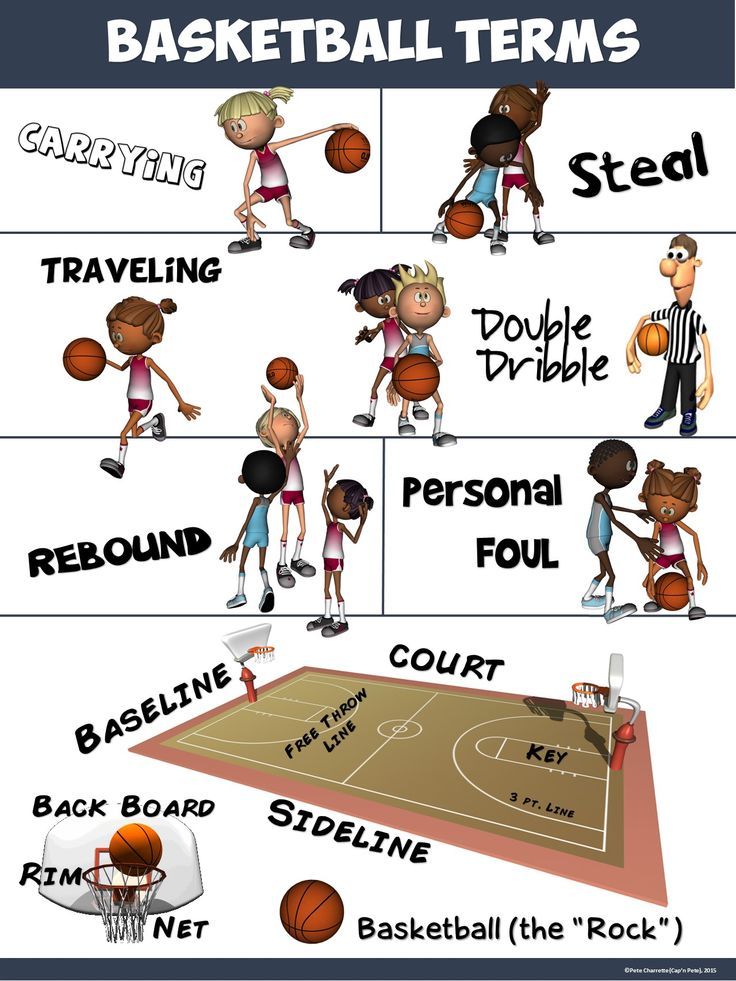 He shall have power to disqualify men according to Rule 5.
He shall have power to disqualify men according to Rule 5.
11. The referee shall be judge of the ball and shall decide when the ball is in play, in bounds, to which side it belongs, and shall keep the time. He shall decide when a goal has been made, and keep account of the goals with any other duties that are usually performed by a referee.
12. The time shall be two 15-minute halves, with five minutes' rest between.
13. The side making the most goals in that time shall be declared the winner. In case of a draw, the game may, by agreement of the captains, be continued until another goal is made.
Note: Basketball was originally two words. These original rules were published Jan. 15, 1892, in the Springfield College school newspaper, The Triangle.
Evolution of the Rules · The First Basket Ball Players
Home > "Basket Ball" History > Evolution of the Rules
While there have been many developments to basketball since Dr. James Naismith invented the game so many ago, most of the Original Rules are still used in modern games.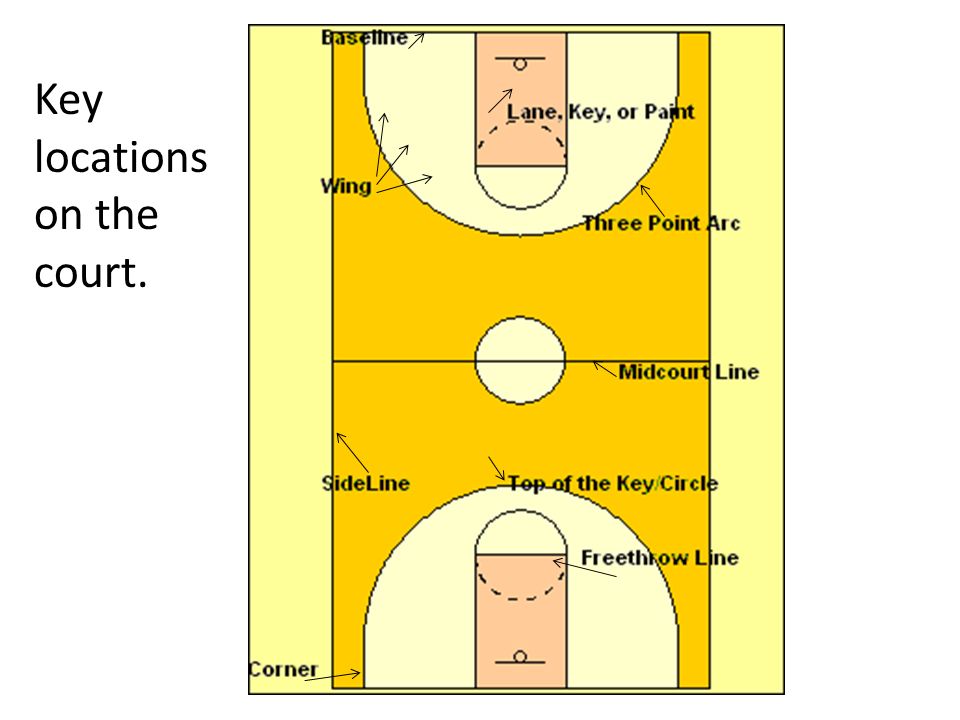
Of Dr. Naismith’s 13 rules, 11 are similar to, or the same as current rules.
The two rules that are no longer in play, (3 and 7), were made in an effort to prevent the sport from getting too rough, a major reason Dr. Naismith invented basketball to begin with.
Click here to see the Original Rules which are currently on display at the University of Kansas.
Many aspects of the game that were not included in the Original Rules were created shortly after.
Following the sport’s creation, as its popularity rapidly spread across the United States and Canada, athletic administrators saw the need to develop a comprehensive guide to inform spectators, officials, and participants about the game’s ethics, rules, the different positions and strategy to be used, as well as illustrating how far the game has reached.
These books were initially authored by Luther H. Gulick and other administrators at the International YMCA Training School (now Springfield College), before becoming a joint committee publication consisting of members from the YMCA, AAU, and NCAA.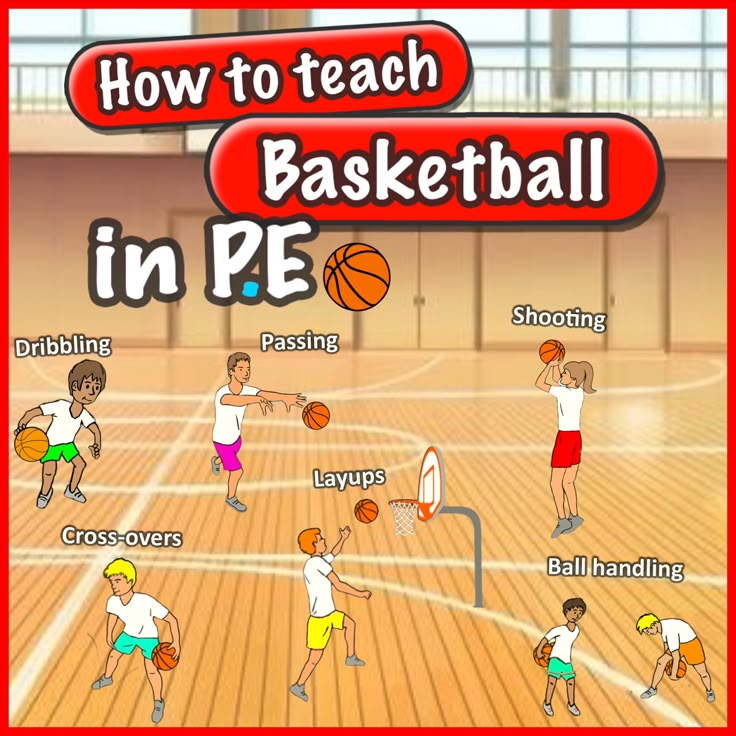
The first of these publications that the Springfield College Archives has in its collections is the 1896-1897 season book.
Among the changes in this book come important standardizations of team, ball, and basket sizing, as well as significant changes in timing in scoring.
Spalding's Basket Ball Guide 1896-1897
The Ball - Balls used in games had to be round rubber with a circumference no larger than 32’ and no smaller than 30.’ This is larger than current balls (29.5’ NBA, 29/30’ for college men's and women’s respectively). They had to weigh between 18-20 ounces (currently between 20-22 ounces).
Team size - Each game had to be played with five starters on a team. This is one area that Dr. Naismith initially disagreed with, as he first saw basketball having the potential to be played with as many as 50 people on each team in an outdoor setting.
Baskets - The rim of the basket had to be 18 inches wide (which has never changed).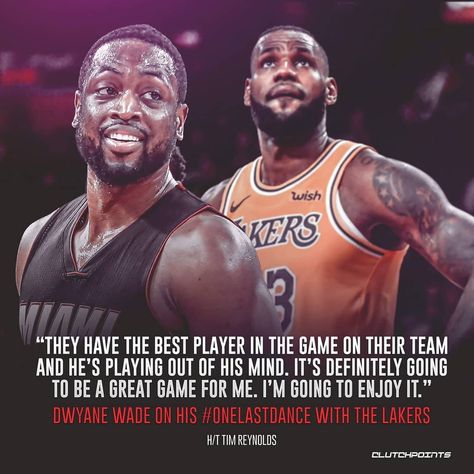 It must extend 6 inches off whatever rigid surface it is attached to and have a hammock fashioned net attached to it.
It must extend 6 inches off whatever rigid surface it is attached to and have a hammock fashioned net attached to it.
Captains - The captains had many responsibilities that coaches now have, including providing the referee with a team’s list of players and their positions. They were also the only players allowed to address officials in a game. Any other player talking to the referee would result in a foul.
Timing - The duration of games changed from two, fifteen-minute halves, to two, 20-minute halves of playing time. This meant that for the first time, the game clock would be stopped during play stoppages. This is the same format that NCAA men's games now use.
Scoring - All baskets became worth 2 points, excluding free throws, which are worth one point each. Free throws are one element of basketball that Dr. Naismith was not in favor of, but they have certainly become the best solution to shooting fouls.
Jump ball - Jump balls took place at center court at the beginning of the game, the second half, and after each made basket. This rule was not changed until the 1891-1892 season, when a team got the ball after the opposing team scored.
This rule was not changed until the 1891-1892 season, when a team got the ball after the opposing team scored.
Spalding's Basket Ball Guide 1903-1904
The First Backboards - The rim was required to extend off a “flat, perpendicular screen or other rigid surface measuring at least 6 feet horizontally and 4 vertically”. This surface could not have any holes in it, so spectators could not alter the ball through the surface, as was common in many early games. A year later, the rules required these surfaces to be made of wood.
Ball out of Play - When the ball went out of bounds the referee resumed play by tossing a jump ball between the two players closest to the ball.
Free Throw Violation - If the player passes the line before the ball goes in the hoop, the point doesn’t count if it goes in, and the ball is dead and put in play in the center.
Spalding's Basket Ball Guide 1922-1923
Court dimensions- Maximum court size became 90x50 ft and a minimum of 60x35 ft. This rule has not changed much since the 1922-1923 season, as current basketball courts are 94x50 ft.
This rule has not changed much since the 1922-1923 season, as current basketball courts are 94x50 ft.
Backboard Standardization - 4x6 ft backboards must be provided, painted white glass/wood. Current backboards are 3.5x6 ft and made of Plexiglas or tempered glass.
Want more information on the evolution of basketball? To learn how “Basket Ball” got its name, click here!
To learn about the first point in basketball history, click here!
To hear James Naismith describe how he invented basketball, click here!
NBAForm.ru » How many minutes does a basketball game last?
The popularity of basketball on television, and in general, is easily explained, because it is one of the most spectacular games in the history of mankind. For the National Basketball Association (NBA), this observation is doubly true, since in the States basketball has been brought to a qualitatively different level. Here, even the game system is built and adjusted in such a way as to give the viewer the opportunity to enjoy the maximum amount of emotions, experiences and sharp moments.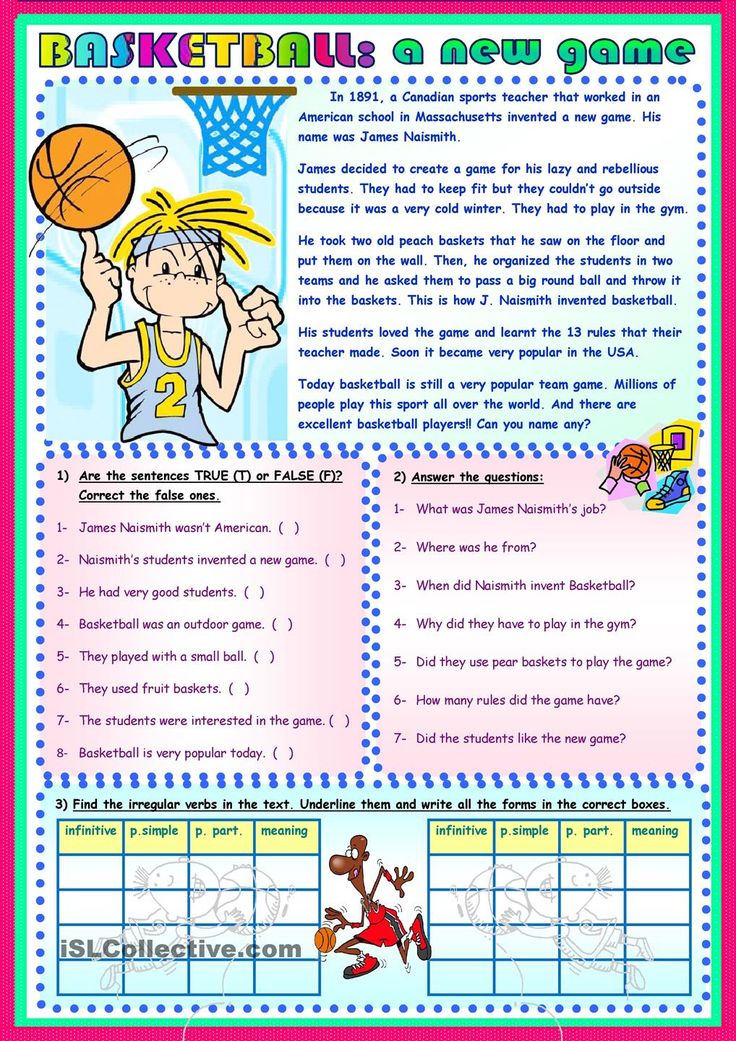
How long does the basketball game last ?
In the NBA, what is called "net" game time is 4 quarters of 12 minutes, that is, 48 minutes. At first glance, this is not enough, because the game in other popular sports takes longer: a football match lasts 90 minutes - 2 halves of 45 minutes, hockey - 3 periods of 20 minutes, etc.
But there is a certain trick here - the actual, "dirty" time of the game, includes a huge number of pauses that fill the time between the game segments. Plus, do not forget about the breaks between quarters, they also last from 2 minutes between the first and second, and third or fourth quarters, up to a 15-minute "big" break in the middle of the match.
According to NBA statistics, an average basketball game lasts about 135-140 minutes. This is true for the regular season, in the playoffs, as a rule, matches are longer.
In European basketball, the duration of the match is shorter - four quarters of 10 minutes, that is, 40 minutes of regular time.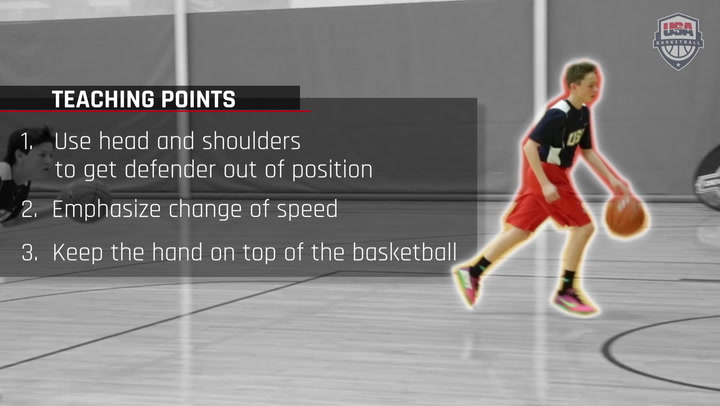
Also, not every game ends in the allotted time: according to the rules, if the teams play a draw in regular time, a 5-minute overtime is assigned, when the teams must necessarily determine the winner. If it is not possible to do this in the first, another one is appointed, then, if necessary, another and another, until one of the squads wins. According to the rules of basketball, the winner must be determined.
The longest game in NBA history took place on January 6, 1951. The Indianapolis Olympians played the Rochester Royals in regular time and then six more overtimes. By modern basketball standards, the score for 78 minutes of playing time is simply ridiculous - 75:73. The explanation for this is that at that time there was no time limit for the attack (now it has 24 seconds, and the ring must be touched, or the ball is passed to the opponent), and the opponents simply did not want to attack so as not to risk it.
In fact, for a fan who attends a match live at the stadium, it can last from 2.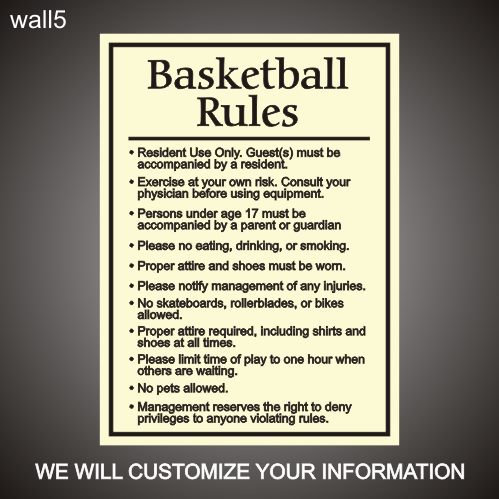 5 to 5-6 hours. Therefore, for a full-fledged trip to basketball, it is worth allocating a whole day.
5 to 5-6 hours. Therefore, for a full-fledged trip to basketball, it is worth allocating a whole day.
Basketball is full of attacks, on average they last from 5 to 24 seconds, and almost every one ends with some kind of active effective action - a throw, a foul, an interception. This is very popular with the audience, and keeps them in suspense. Tall players throw spectacular shots from above, snipers attack the basket from afar, or in beautiful passes - the variability of attack in basketball is very high.
That's why TV companies love basketball so much, it's great in terms of advertising in the breaks. He has great ratings, often no worse than American football or baseball, the undisputed leaders of the US sports media market.
#mikegoldenstate #goldenstatewarriors #gsw #gsw #lakers #lakers #houstonrockets #rockets #OKC #clippers
Basketball rules
How the rules of your favorite game have changed
How the rules have changed in your favorite game
WE ALL LOVE TO PLAY BASKETBALL, BUT DO YOU KNOW THE RULES FOR EXACT?
Basketball was invented by James Naismith in 1891.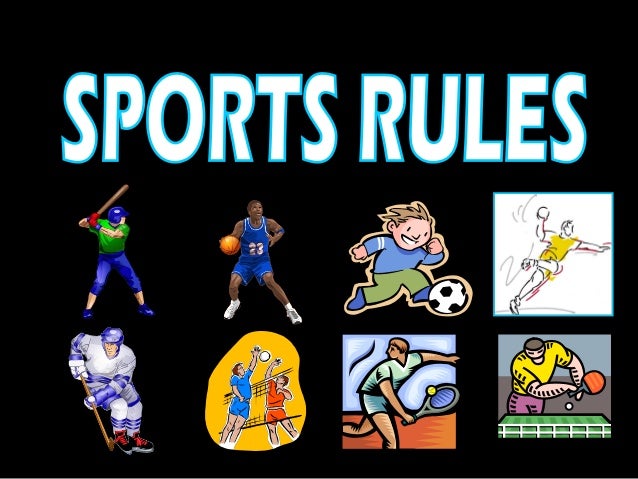 Then everything was different: playgrounds, baskets, balls…
Then everything was different: playgrounds, baskets, balls…
!!! Read about the evolution of balls in the article:
Basketball was invented by James Naismith in 1891. Then everything was different: playgrounds, baskets, balls…
!!! Read about the evolution of balls in the article:
The history of basketballs
The history of basketballs
What balls are played now and how it happened
The beginning
The rules have also changed a lot during this time. Initially, there were only 13 of them in basketball:
- The ball can be thrown in any direction with one or two hands.
- The ball may be hit with one or both hands in any direction, but never with the fist.
- The player cannot run with the ball. The player must throw the ball from the point at which he caught it, except for a player running at high speed.
- The ball must be held with the hands. You can not use the forearms and body to hold the ball.

- In any case, hitting, grabbing, holding and pushing the opponent is not allowed. The first violation of this rule by any player shall be called a foul; the second foul disqualifies him until the next ball is scored, and if there was an obvious intention to injure the player, then a disqualification for the entire game. It is not allowed to replace a disqualified player.
- Punching the ball is a violation of rules 2 and 4, penalty is described in rule 5.
- commit no foul).
- A point is scored if a ball thrown or bouncing off the floor hits the basket and stays there. Defending players are not allowed to touch the ball or basket while shooting. If the ball touches the edge and the opponents move the basket, then a point is scored.
- If the ball goes out of bounds, it must be dropped into the field by the first player to touch it. In the event of a dispute, the referee must throw the ball into the field. The thrower is allowed to hold the ball for five seconds.
 If he holds it longer, then the ball is given to the opponent. If either side tries to play for time, the referee must give them a foul.
If he holds it longer, then the ball is given to the opponent. If either side tries to play for time, the referee must give them a foul.
- The referee must monitor the actions of the players and fouls, and notify the referee of three consecutive fouls. He shall have the power to disqualify players under rule 5.
- The referee must watch the ball and determine when the ball is in play (inbounds) and when it is out of bounds (out of bounds), which side should be in possession of the ball, and any other actions that the referee would normally take .
- The game consists of two halves of 15 minutes each with a break of 5 minutes between them.
- The side with the most goals during this time period is the winner.
The most important rule change in the history of basketball is the introduction of dribbling. In the original version of the game, this was prohibited by paragraph 3 of the rules.
One of the first changes in the game and the rules was the replacement of the basket with a ring with a net. It seemed to be very inconvenient to climb after the ball every time after a hit. Around the same time, free throws, dribbling appeared, and the composition of the teams was fixed for 5 players on the court at the same time. Before that, in some matches, up to 50 people could be on the court at the same time. All this happened back in 1896-1897.
It seemed to be very inconvenient to climb after the ball every time after a hit. Around the same time, free throws, dribbling appeared, and the composition of the teams was fixed for 5 players on the court at the same time. Before that, in some matches, up to 50 people could be on the court at the same time. All this happened back in 1896-1897.
The emergence of FIBA (International Basketball Federation)
Basketball at the beginning of the 20th century became more popular and the rules in each country could be different. This was one of the reasons why FIBA appeared in 1932 year. At the first FIBA Congress, the teams were approved (5 people and 2 substitutes), and it was decided that after each goal there would be a throw-in in the center. This rule was removed after 4 years to reduce the advantage of tall players.
Over the next few years, the main changes were related to the number of personal fouls, the number of players on the bench and the introduction of a time limit for getting the ball into the opponent's half of the court.
More changes came in 1952 after the Olympics. The game became very boring, because the teams held the ball, having received a minimal lead in the score. Everyone understood this and searched for solutions for several years in order to save the life of basketball. At 1954 Danny Biason proposed to the NBA to limit the time for the shot to 24 seconds. At the 1956 Olympics, there was a similar rule: it was necessary to make a throw in 30 seconds. At the same time, to add equality between defense and attack, another rule familiar to us appeared: you need to start dribbling the ball before the supporting leg comes off.
Then the game became similar to the modern one from a technical point of view: dribbling, shots, a three-second zone appeared. In 1979, the NBA added a three-point line, and in 19In 1984, FIBA also added an arc.
!!! An article about the evolution of the three-point shot and interesting facts:
10 interesting facts about the three-point shot.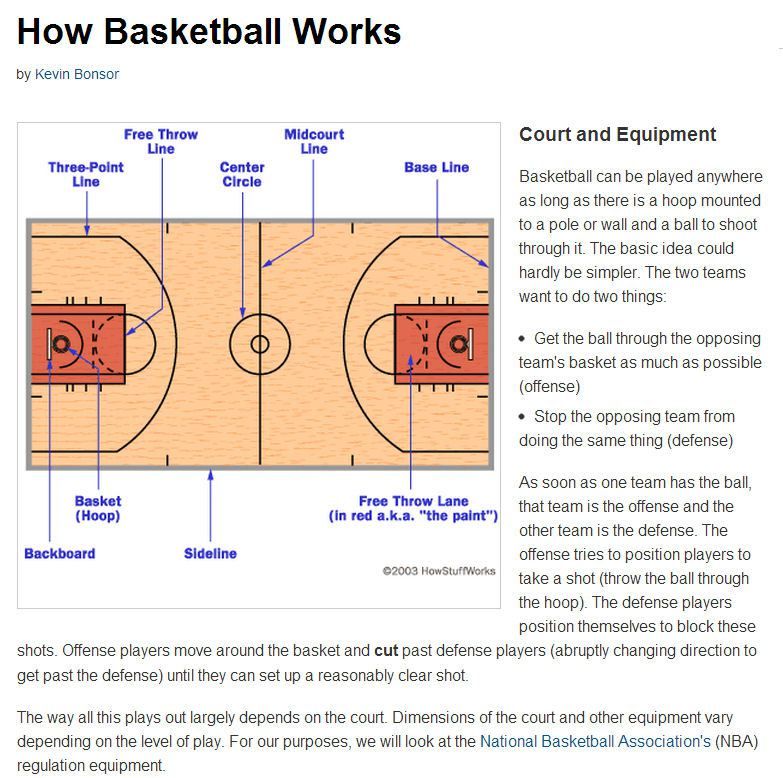
10 interesting facts about the three-point shot.
Three-pointer evolution and insane records.
Changes in the rules and basketball since 1956 have included the number of free kicks, the situations in which these free kicks are given, and individual and team reprimands. Some rules were introduced, and a few years later they were canceled. For example, the "3 for 2" rule: if a player was fouled in the shooting phase, then if one of the first two shots was missed, he could make another free throw. This rule was later removed.
Since the 1990s there have been constant changes: the emergence of alley-oops, changes in the timing and rewriting of the rules of running, which continue to this day.
From the most interesting: if the team has 0.3 seconds or less to throw the ball from behind, then it must be a one-touch throw. It takes at least 0.4 seconds to perform a full throw.
Derrick Fisher made similar throws:
And here is a small selection of videos of how they throw in 0.